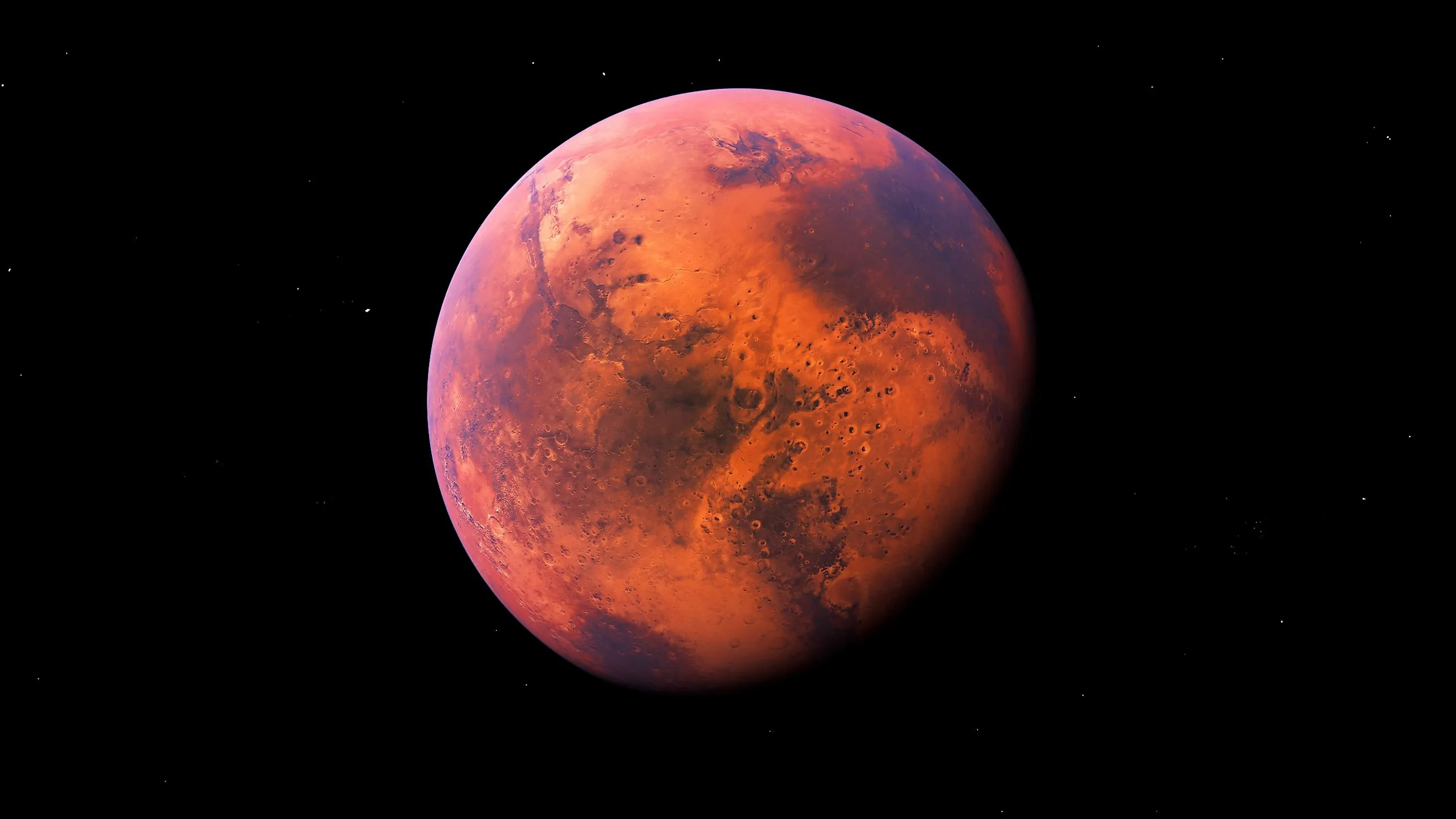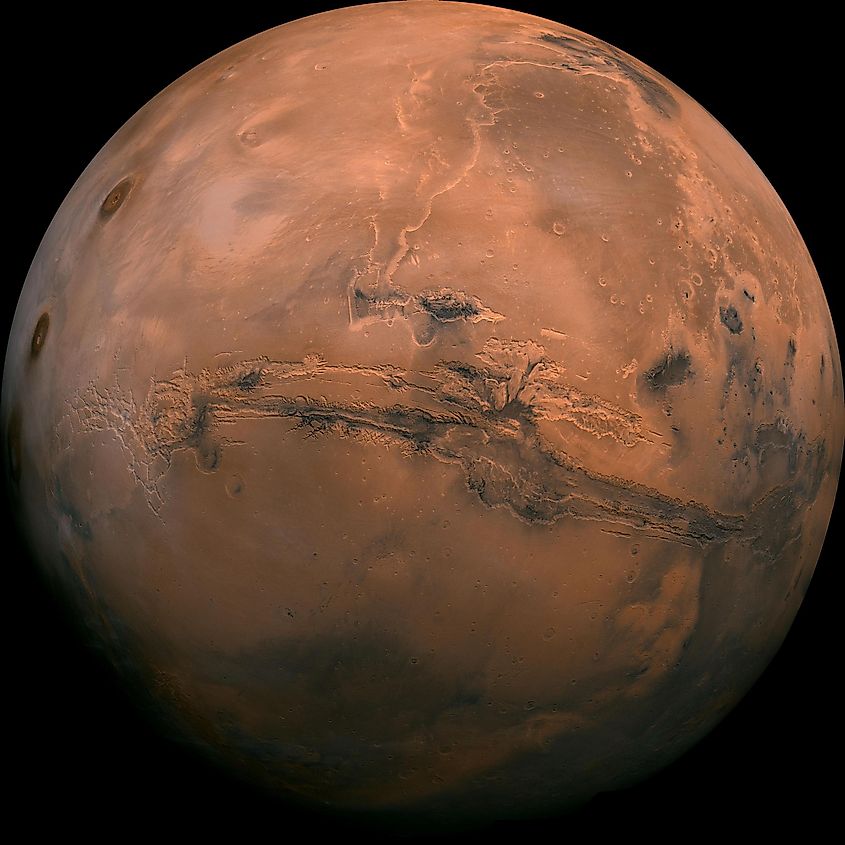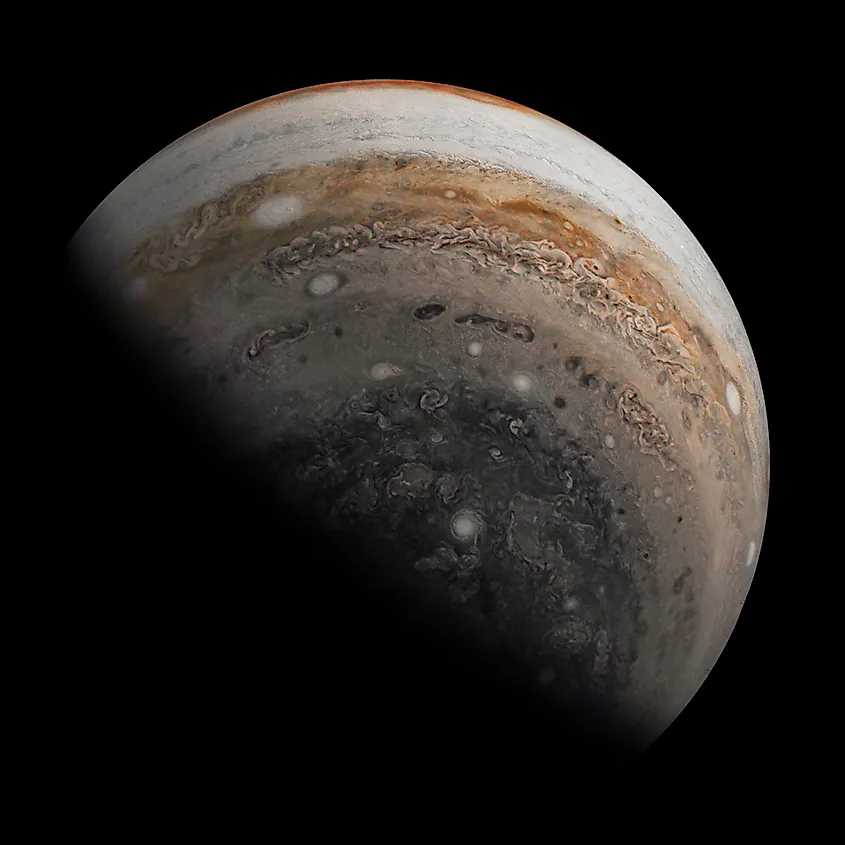
Why Is Mars So Small?
In the inner solar system, the size of the rocky planets increases with distance from the sun. Mercury is the smallest planet in the solar system. Venus is larger than Mercury and smaller than Earth. Interestingly, models of the distribution of matter in the early solar system predict that the size of the planets should increase until Jupiter, with the size of the planets decreasing outwards from Jupiter. All of the planets in the solar system follow this pattern, yet there is one exception. Mars is significantly smaller than Earth and Venus, even though models of its formation predict that it should be larger than Earth. The size of Mars is known as the Mars Problem, and as of yet, scientists do not have a complete model that explains the size of Mars as well as the size of all the other planets. Why is Mars so small?
Formation Of Mars

Mars formed along with all the other planets around 4.5 billion years ago. Like all the other planets, Mars formed within a protoplanetary disk that formed around the sun. The protoplanetary disk was composed of rock and dust, and over the course of many millions of years, that material coalesced to form all the planets in our solar system. Models of the early solar system predict that the distribution of matter within the protoplanetary disk varied depending on the distance from the sun. The amount of matter increased as you moved towards the orbit of Jupiter. Outwards from Jupiter, the amount of matter decreased. That is why the size of the planets generally increases from Mercury outwards, and decreases from Jupiter outwards. The size of Mars is thus an exception to this pattern. Scientists used to think that the Asteroid Belt contained the missing mass of Mars. However, the mass of the entire Asteroid Belt is lower than Earth’s moon’s mass. Even if every asteroid were to have become part of Mars, it would still be too small.
Did Jupiter Stop Mars From Becoming Larger?

One possible explanation for Mars’s size is that Jupiter actually absorbed material in and around Mars’s orbit, preventing it from becoming larger. In the early solar system, all of the planets likely moved between different orbits, and even the gas giants likely moved between different positions. Scientists believe that Jupiter migrated towards the inner solar system many billions of years ago. The gravitational pull of Jupiter would have disrupted the formation of Mars, pulling away material from its orbit and preventing the young Mars from becoming a larger planet. If Jupiter did migrate towards Mars’s orbit, it would also explain the mass of the Asteroid Belt, as Jupiter would have likely absorbed a vast number of asteroids. This explanation does explain the size of Mars, yet it raises another problem altogether. Why did Jupiter stop moving towards the sun and then move back to the outer solar system? It’s possible that the gravitational pull of Saturn prevented Jupiter from moving towards the sun. Yet, so far, scientists have not devised a model that accurately explains the orbit of Jupiter and the size of Mars. As of yet, the size of Mars is one of the biggest mysteries in the solar system.











